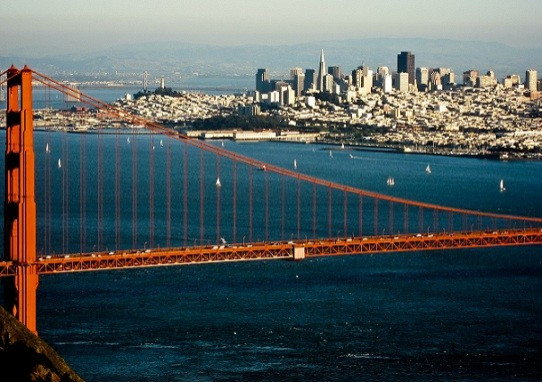World’s Worst Cities for Air Pollution: WHO Report

The World Health Organisation (WHO) has recently released a report identifying the those cities in the world with the worst statistics relating to levels of air pollution.
According to the report, the little-known town of Ahwaz, in Iran, is the worst polluted, with particle pollution rates at more than 18 times recommended WHO levels.
In further bad news for Iran, there are a total of four Iranian cities in the Top Ten; the combination of the country's subsidized petrol prices and ageing automobiles creating smog-filled urban centers. Pakistan and India are also listed as serial offenders, with two cities each in the same list.
The second most polluted city, perhaps surprisingly, is Ulan Bator, the capital of Mongolia.
Emissions from motor vehicles, industries, and power stations as well as road dust and household garbage burning are increasing in Mongolia, the report states.
Third on the list is Quetta, in Pakistan, where recent spurts in construction activities and unregulated smoke pollution from motor vehicles and industrial units has caught WHO's attention.
Sanandaj, Kermanshah and Yasuj are the other Iranian cities in the top ten, while Peshawar joins Quetta in representing Pakistan.
India, unfortunately, boasts of Ludhiana and Kanpur in the list.
In better news, WHO's list also recognizes the city with the least pollution; the Canadian city of Whitehorse, Yukon wins that award. What's more, nine of the ten cities with the cleanest atmosphere are in Canada; the other is Farmington in New Mexico, U.S.
According to the WHO, urban outdoor air pollution caused 1.34 million premature deaths in 2008.
© Copyright IBTimes 2025. All rights reserved.





















